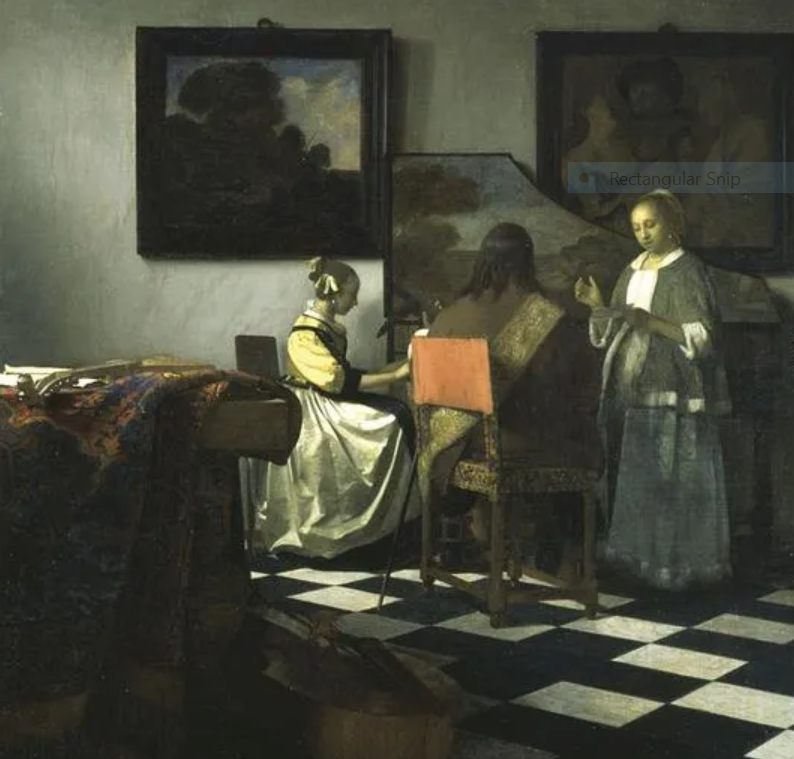Investigating/tracing stolen art work and luxury items is complex. It requires knowledge of the particular market i.e., fine art, luxury goods, antiquities etc. Knowing the market can guide you in understanding how items are moved around as well as the potential places/countries where they might be held. Knowledge of the market also allows a greater understanding as to how the works are sold on, including type of currency used and payment method (including cryptocurrency).
Stolen art is often resold or used by criminals as collateral to secure loans. Only a small percentage of stolen art is recovered—an estimated 10%. Many nations have specialised police teams to investigate art theft and illegal trade in stolen art and antiquities. Furthermore, art and luxury items are also stolen to order for wealthy individuals who will keep the items for personal use often with little chance of the works being recovered.
Fine art market
Focussing on the fine art market (paintings and sculpture) as an example, if an artwork is stolen, there is little intrinsic value, unless it is attributed to an artist and has good provenance. Before any investigation begins, it is important to check that the artwork in question has official, legitimate, provenance. This document is used to verify that the art in question is not a forgery and that the person who is claiming that the art work has been stolen, is the legitimate owner of the art.
There are some rudimentary searches that can be initially made when an art work has been stolen and these include:
- Using a photograph of the art work to search online for any corresponding images of the work.
- Online searches using as many details as available type of art (painting, sculpture), medium, classification (surrealist, modernist, postmodern, cubist etc) as well as the title, artist’s name, or country of provenance.
One of the largest databases of ‘lost art’ is the Art Loss Register. This register includes more than 700,000 items reported as missing. The database offers a due diligence service to clients in the art market who wish to ensure that they are working with items to which no claim will arise. The register can be used to check the provenance of items before people buy or handle art. Police, insurers, the trade and the public may record items that have been stolen and to record disputes or items within collections.[1]
Interpol also hold a database of stolen art. On its website it states that it combines descriptions and pictures of more than 52,000 items.[2] The database is open to any authorized user, to check in real-time if an item is among the registered objects. It can therefore be used to check if any art being offered for sale is listed as stolen.
There are also several experts that can be called upon to provide information concerning the work:
- There are experts in provenance research who can help prove chain of ownership and legitimacy.
- The insurance company used to insure the art work (any, legitimate valuable work will be insured). The insurance company will know where the art is listed as currently being held as well as noting that the art has been stored correctly in a temperature-controlled environment – again this is to ensure that the art work in question is legitimately owned and registered.
- Law enforcement. They will know the names of any suspect dealers who have been convicted in the past of art theft or of moving stolen art work.
- Shipping companies. If a work is being shipped anywhere it will require documentation which can put you on the trail of its movements.
- Art market dealers. Dealers can be an invaluable source as they have knowledge as to which art work has become available for sale through various trade online sources.
Finally, it is also important to remember that not all valuable art works are by artists who have long since died. Many contemporary artists are making works that sell for tens of millions. These artists and their agents, dealers and galleries will be able to comment on the legitimacy of a work (including early, possibly less known works) as well as giving possible clues to who would be interested in the work, where it sells and how the work is usually acquired and paid for.
[2] https://www.interpol.int/en/Crimes/Cultural-heritage-crime/Stolen-Works-of-Art-Database



